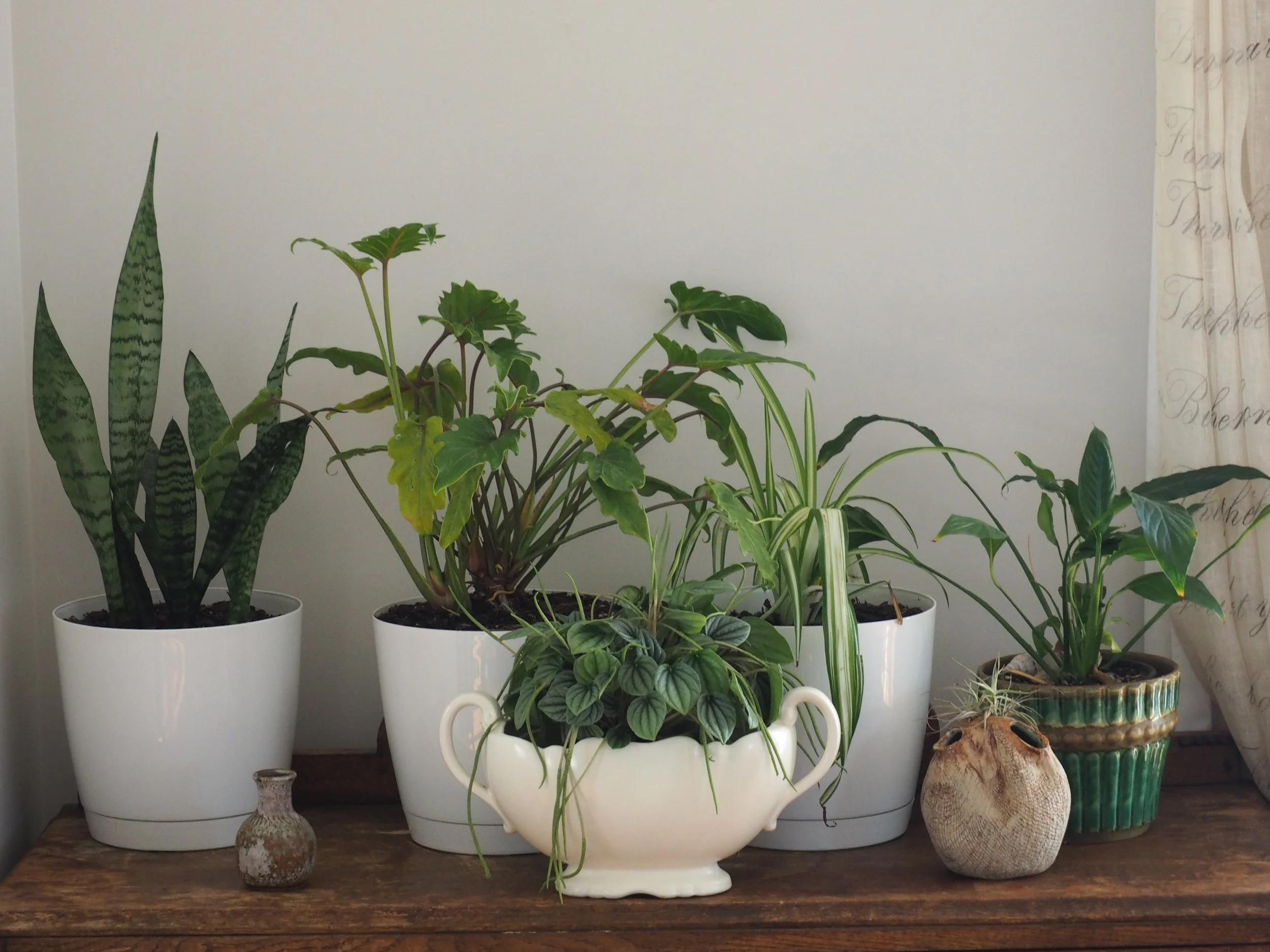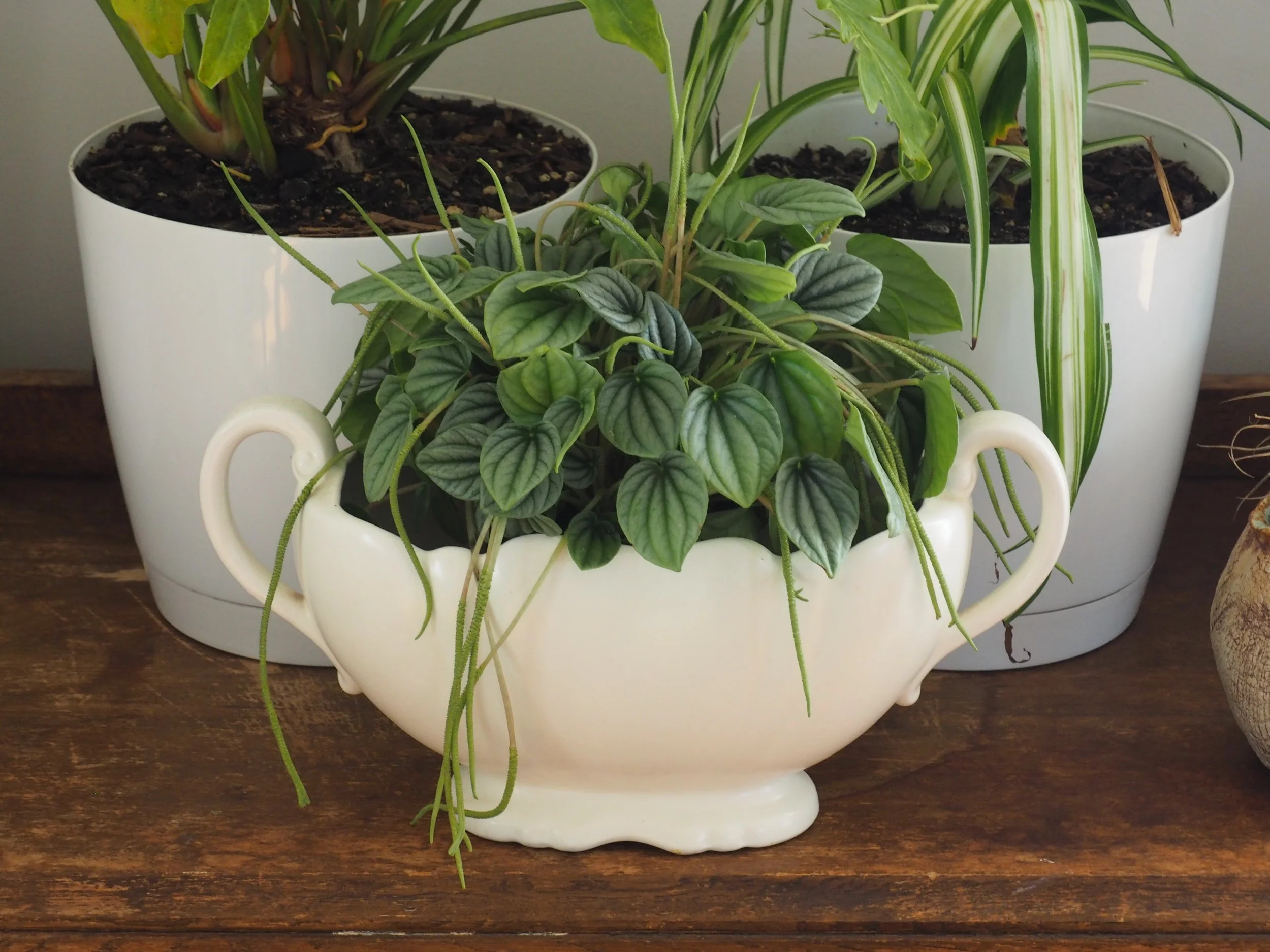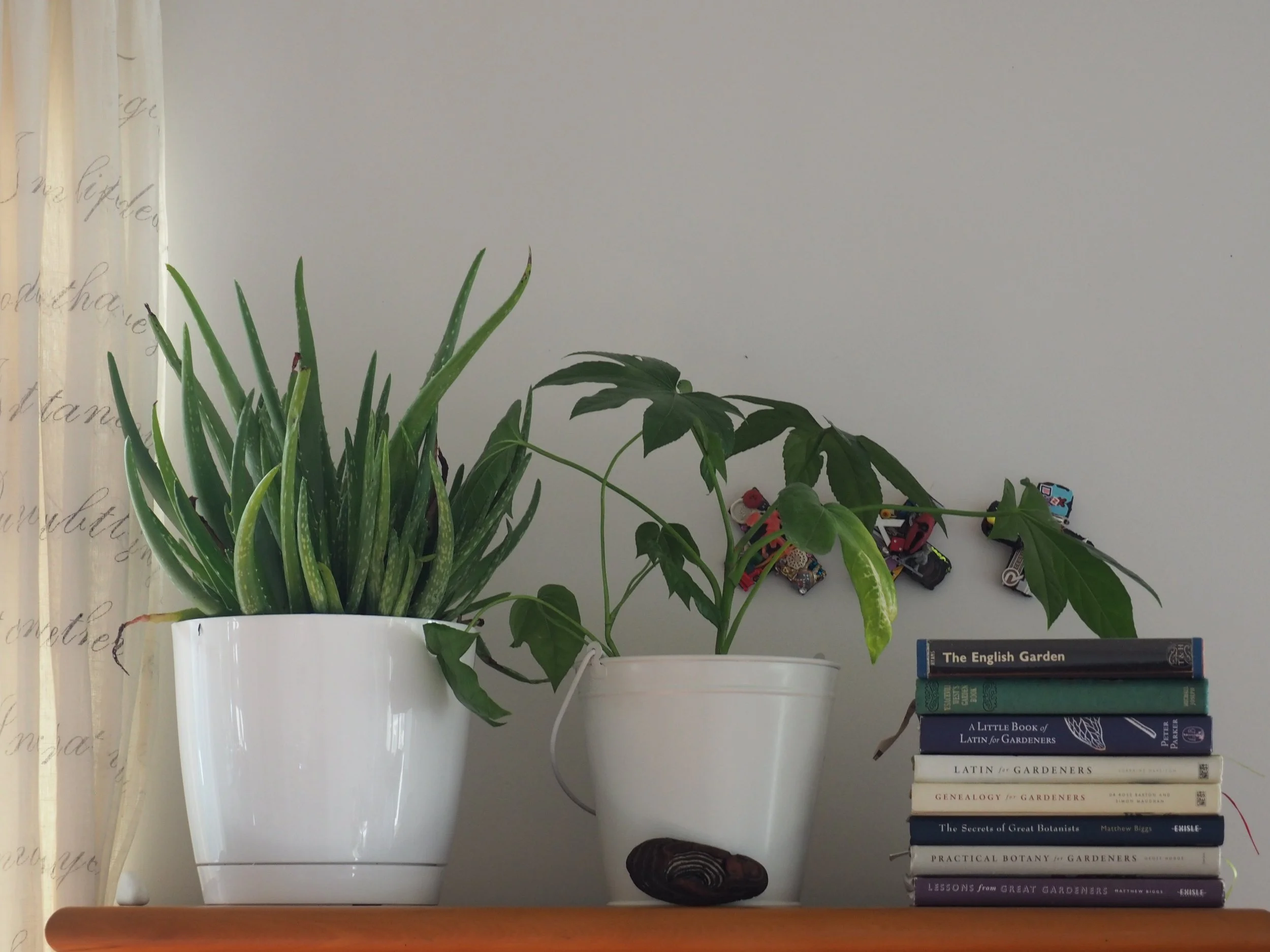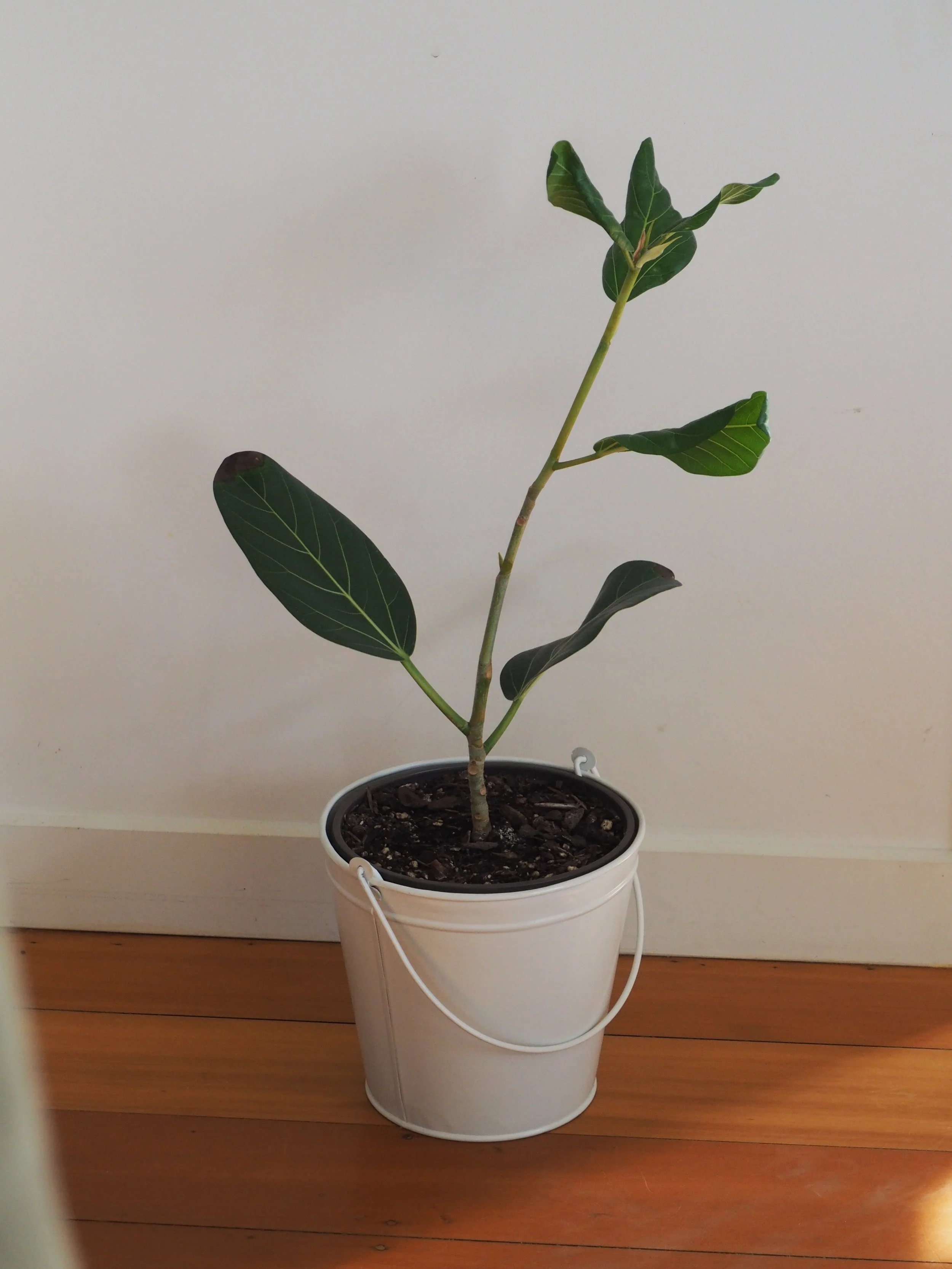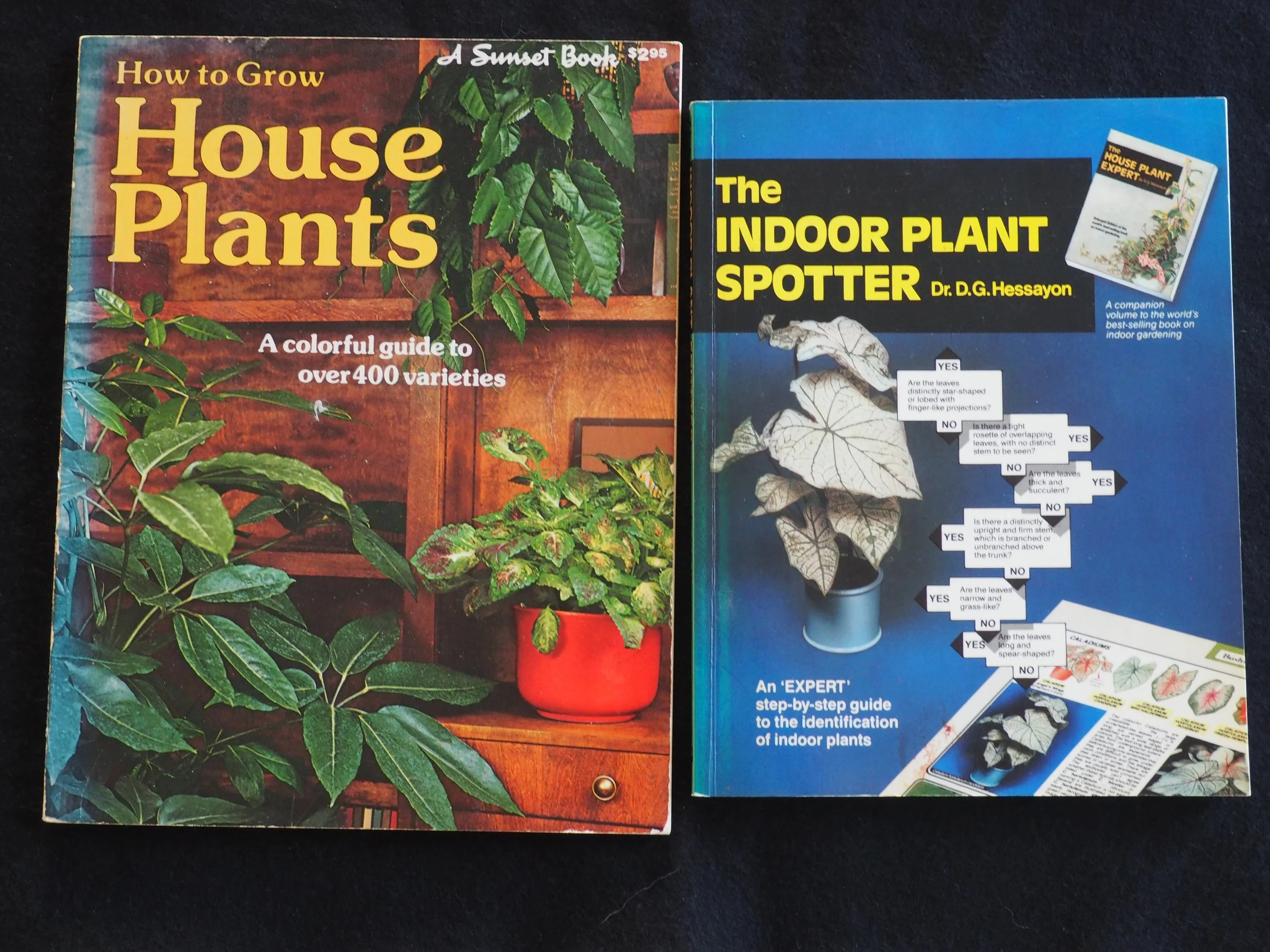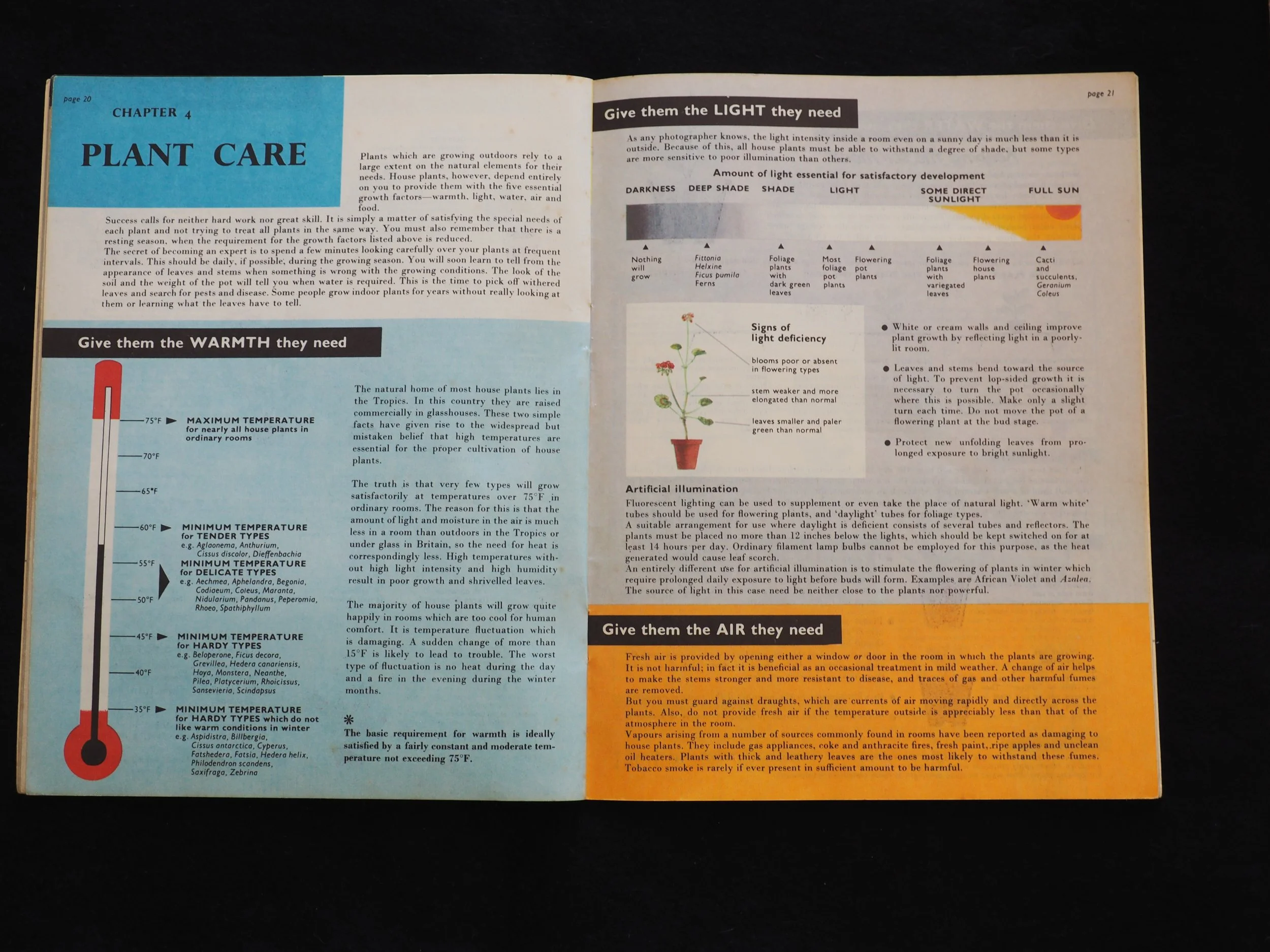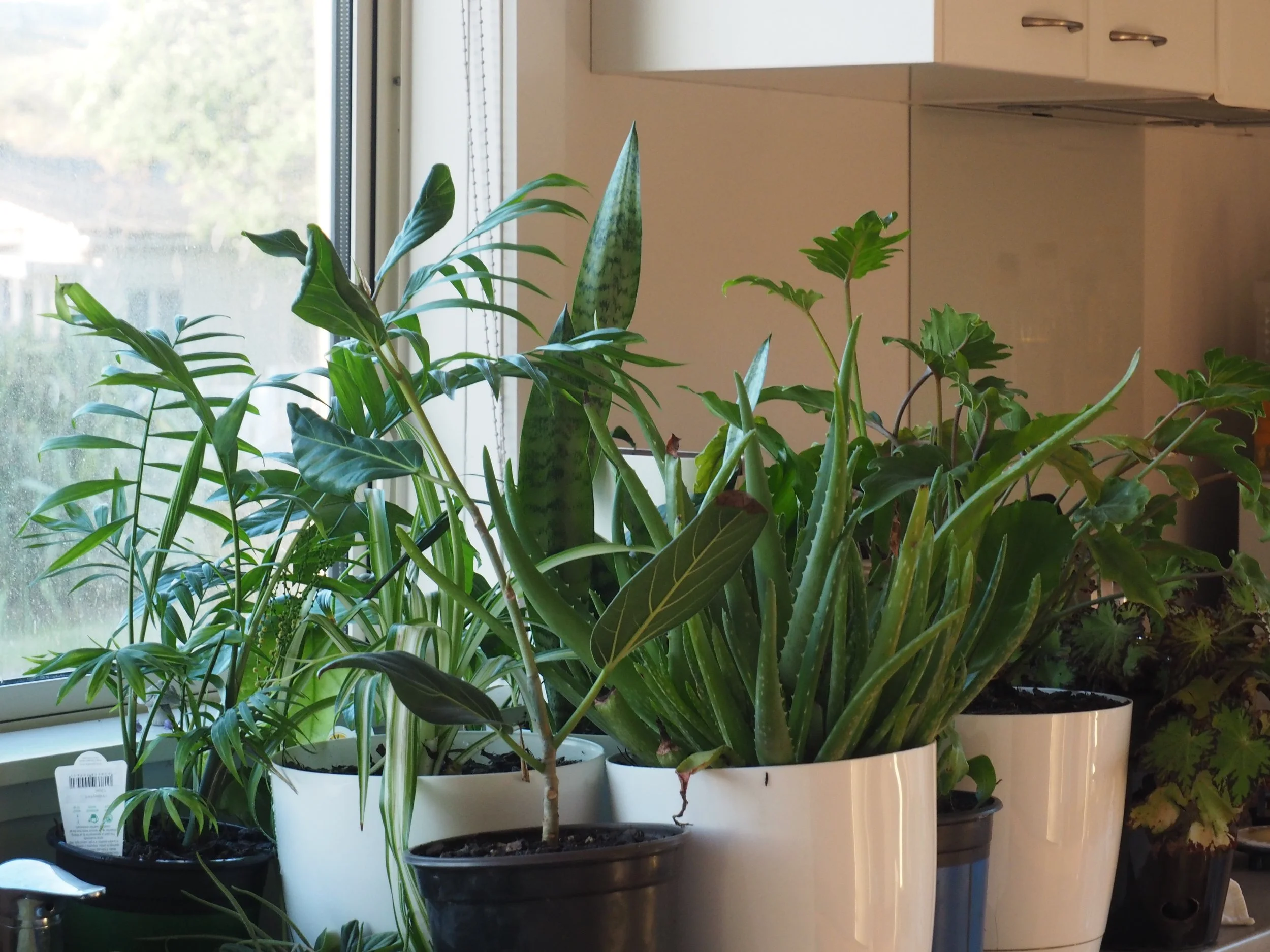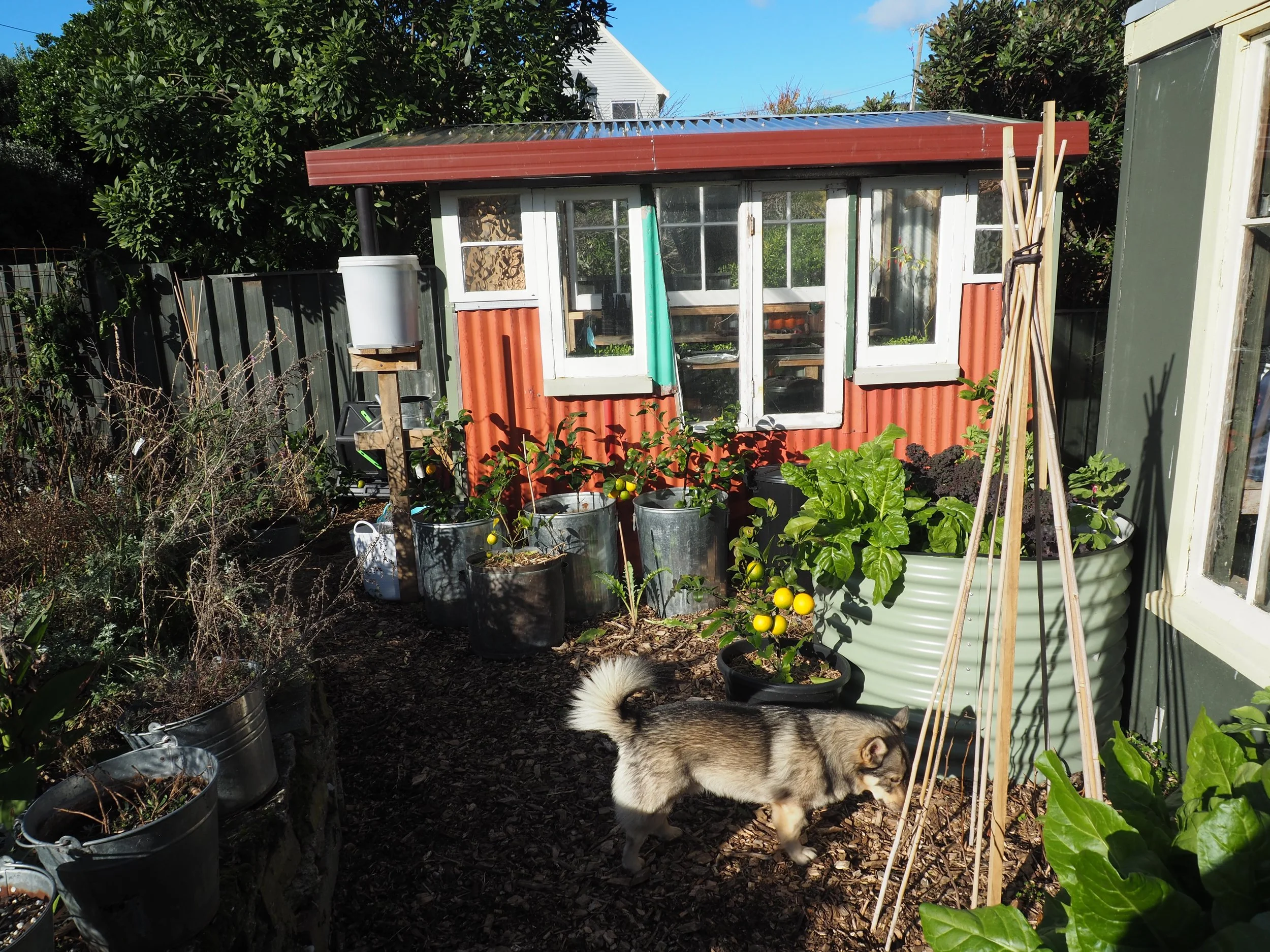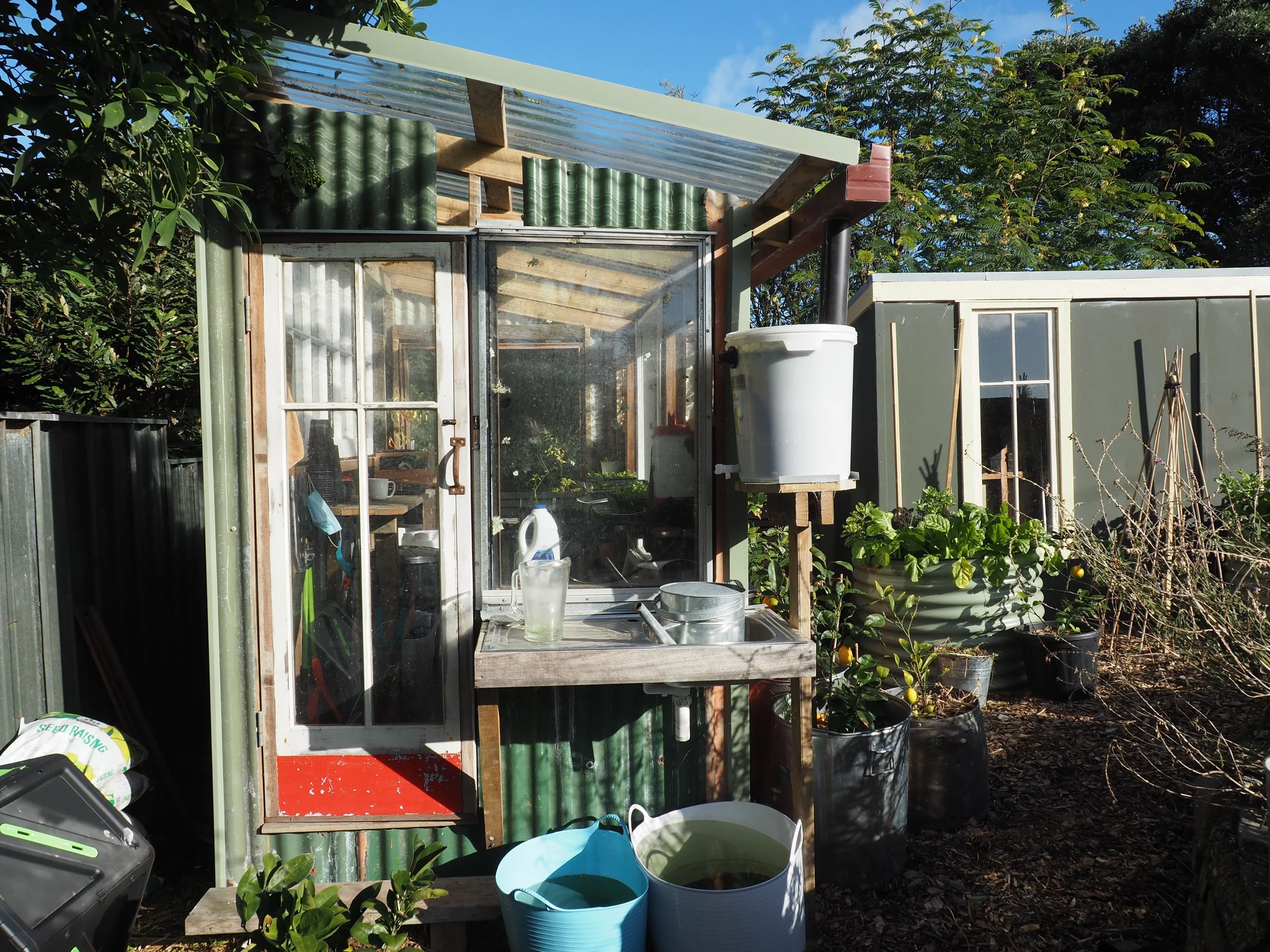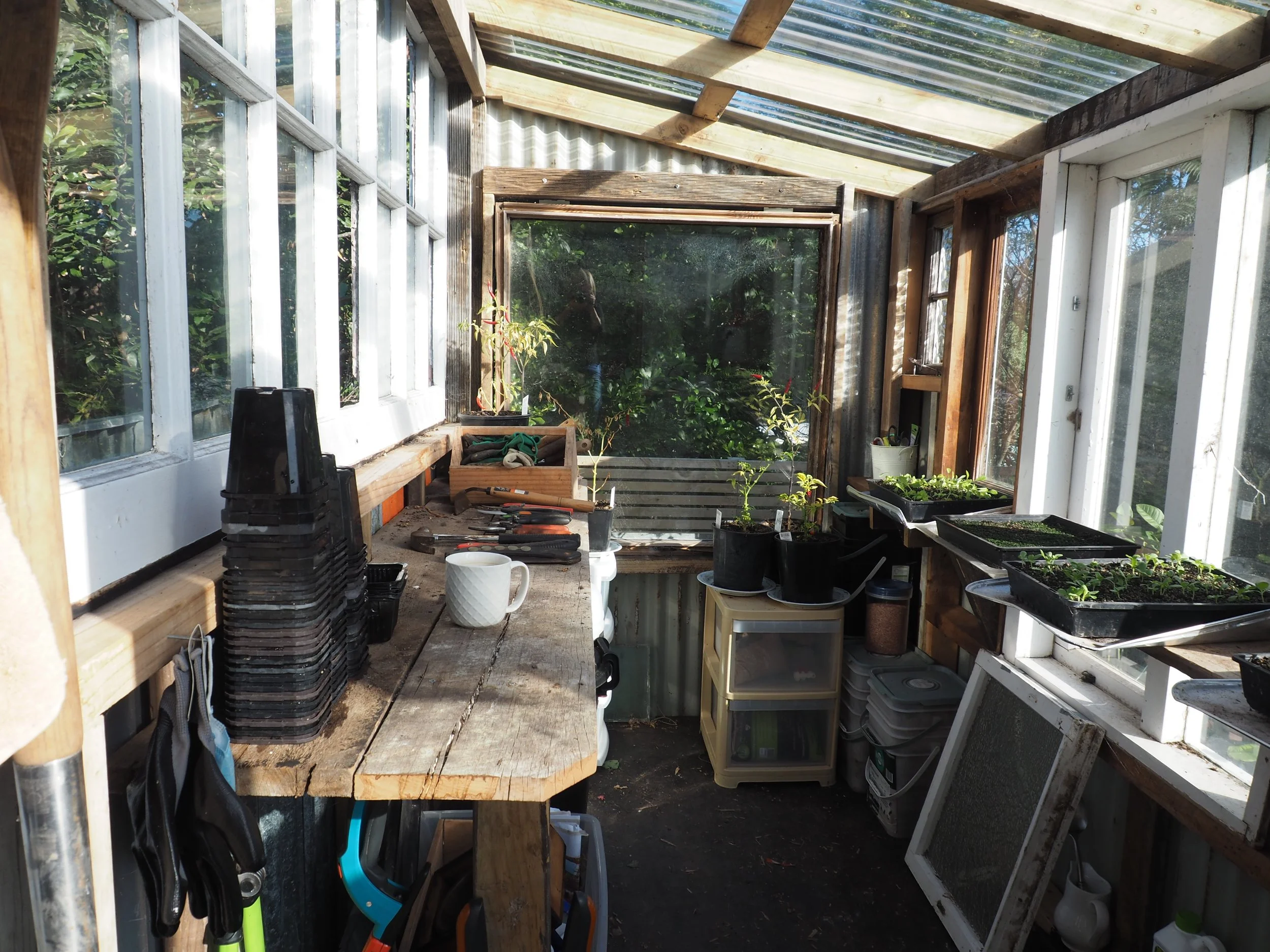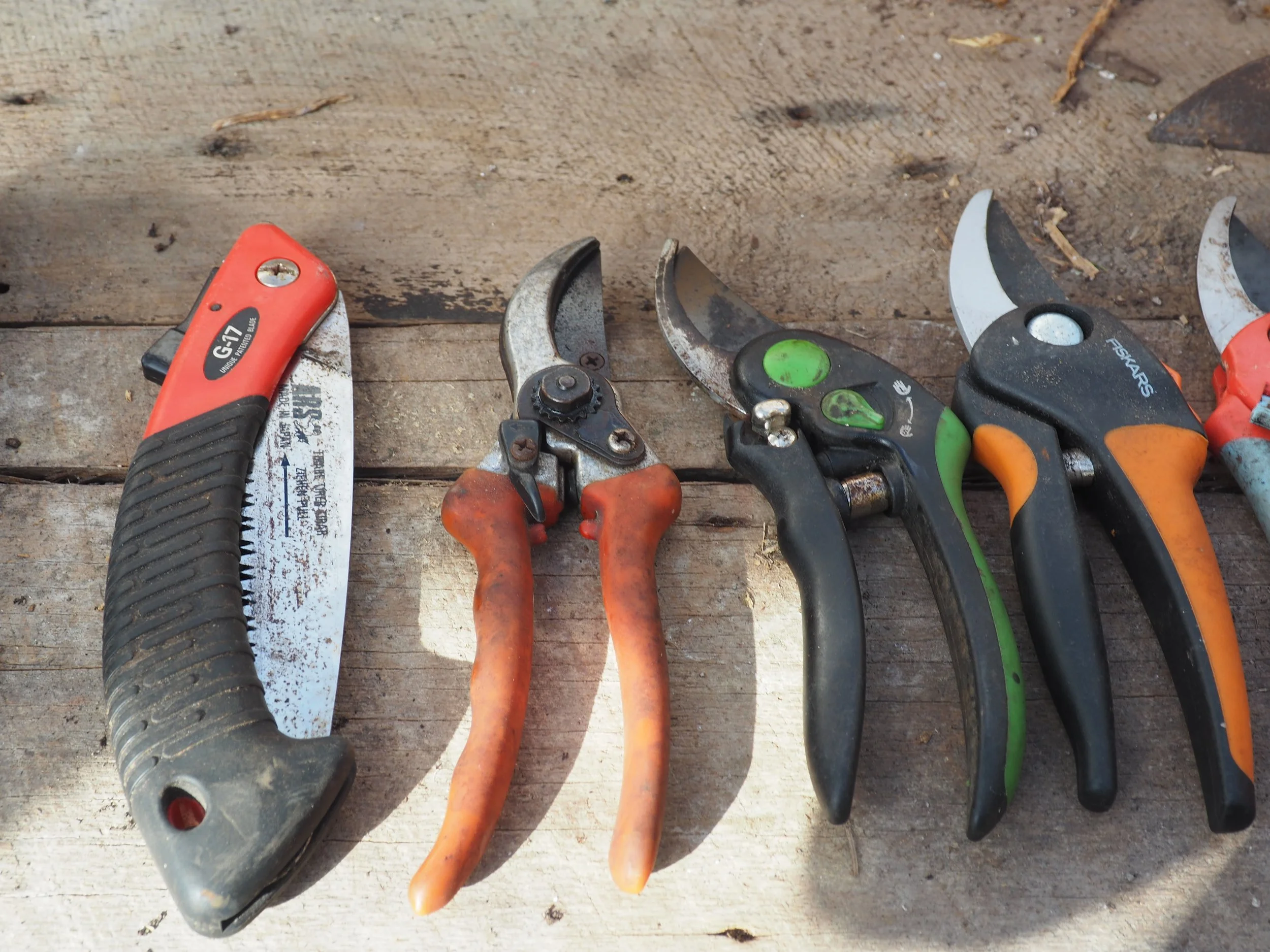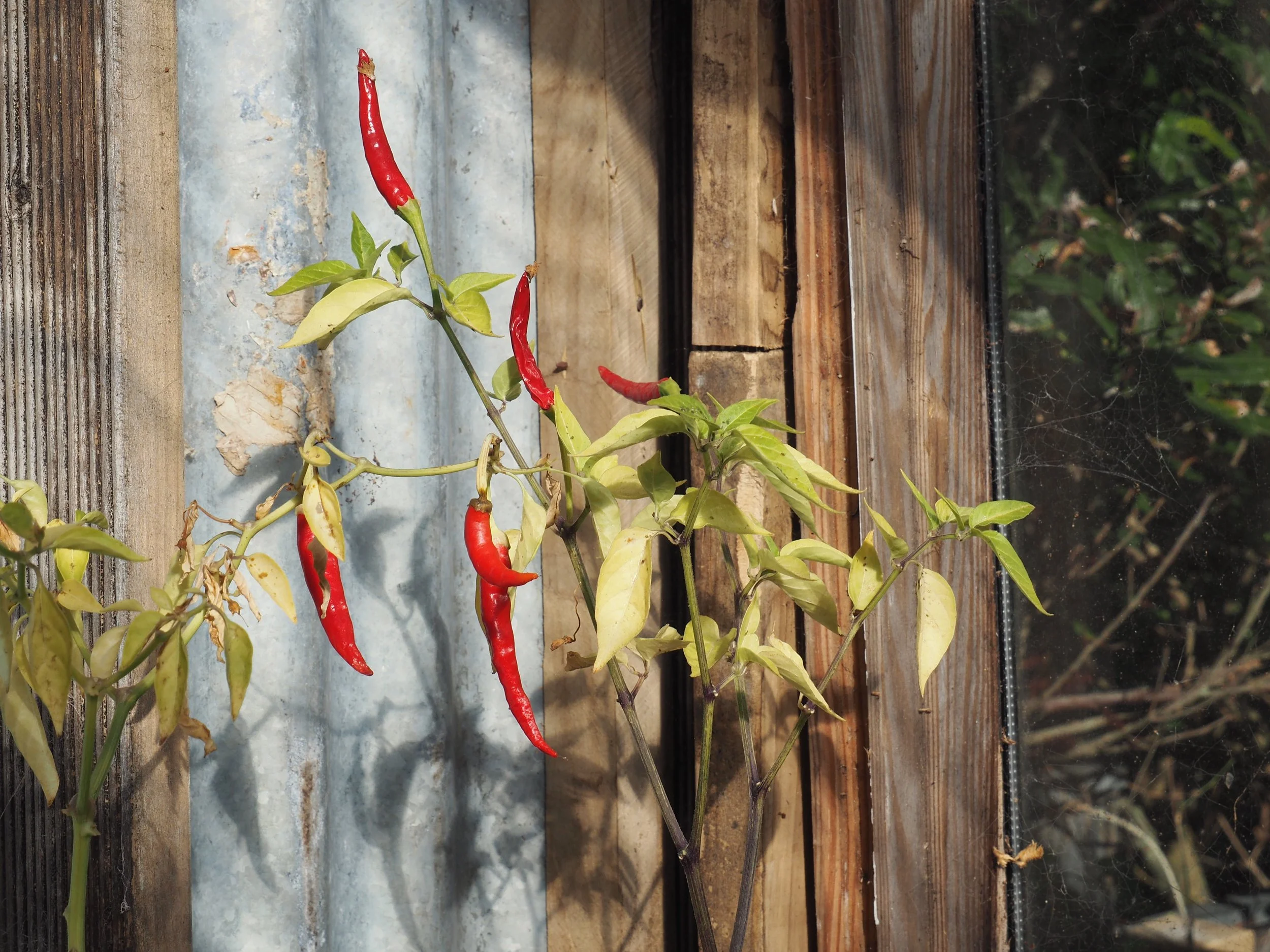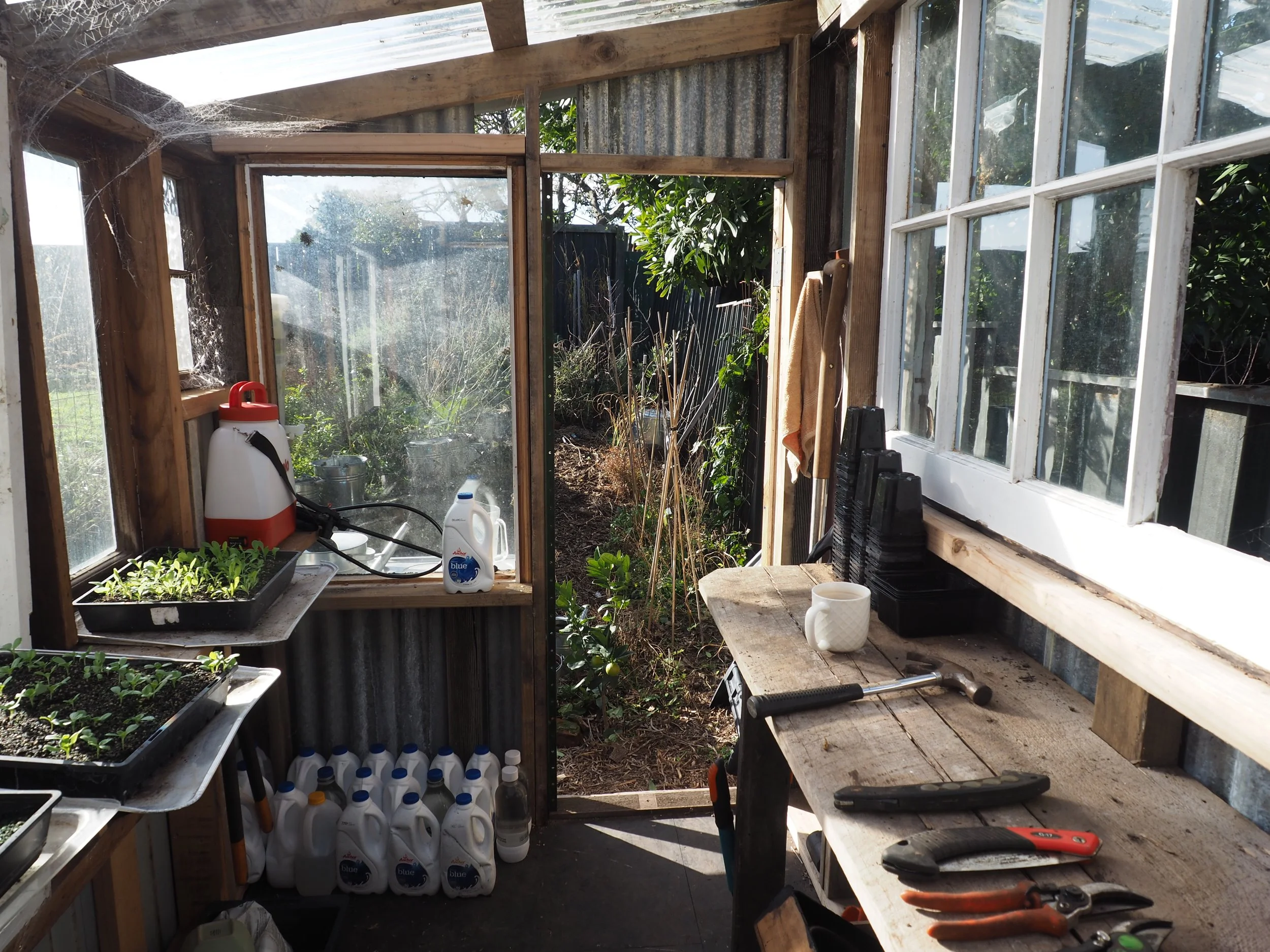Maybe it was always going to happen. Maybe enough time had to pass and we Generation X’ers, who made jokes about the sort of people who kept African violets, rubber plants and spider plants, eventually grew up.
We were a generation of slackers and idealists who didn’t want responsibility. Our parents told us to get sensible jobs and we ignored them. Instead, we travelled or studied something esoteric or useless or something useful which we never used. We all had our children late, if we had children at all. We were the children of War Babies who were all so sensible. Sure some of them were hippies, but most weren’t. It was all work work work. At least that’s how we saw it, until we grew up that is. And most of us didn’t grow up until we were 30.
Last weekend 9 Generation Z’ers stayed at our house while we were away. My son and 8 of his friends. All of them are 18 or 19 and in their first year at uni.
Naturally we were worried that something would go wrong: the dogs would escape, we’d get complaints from noise control, someone would lean on the rotten railing and fall off the deck, the bbq would blow up, someone would get drunk and try and swim and get caught in a rip, someone would vomit on the carpet or there’d be broken beer bottles all over the lawn. None of that happened.
We came home to a tidy house. The dishes were washed, the benches were wiped and all the bedding was ready to be washed in the laundry. Someone had even made a thank you card and stuck it on the fridge.
My son said that his friends loved our indoor plants, especially the giant monstera, which they valued at $1000. I think they’re wrong. Monsteras have gone down in price. Supply has outstripped demand.
My cousin Catherine reckons the return of the indoor plant craze was started by the Millennials. They pushed up the prices of variegated monsteras and Hoyas. Now even a spider plant costs an arm and a leg. The Millennials are all proper grown ups now. The older ones are knocking on the door of middle age.
Catherine, gave me this air plant, Tillandsia ionantha.
I’ve never been much interested in house plants, until now. I’ve owned a few over the years. I remember being given an African violet in the early 80’s. I can’t remember it ever flowering. I do remember its sad little leaves that eventually rotted away.
I was given a peace lily by an uncle and aunt when my son was born. I really liked it because it grew bigger and bigger and had lush looking leaves and stylish flowers, and all I had to do was water it. The only reason it died was because I tried to plant it outside in my Wellington garden. A singularly stupid decision given that most leafy house plants come from tropical forests.
I did ask for a monstera as a present when I turned 49 or was it 51? And my husband bought me one. It was small for a long time. It wasn’t until we moved to the Kapiti Coast that it really properly grew (it helped that I repotted it into a much bigger pot). And now it’s a monster.
The indoor plant craze has me in its grip, sort of. I’m never going to be a ‘trainspotter’ about it. I’m not a plant snob. I’m only interested in what they look like (which means I have to learn to look after them). I guess that makes me shallow.
I don’t know the name of the plant in the photo above. But thanks to Dr. D. G. Hessayon’s book ‘The Indoor Plant Spotter’ I’ll be able to find out.
I own 3 indoor plant books. That’s probably enough. All 3 of them, while old, are still up to date. ‘Be Your Own House Plant Expert’ (also by Dr. D. G. Hessayon) was published in 1967. Not much has changed in 55 years. I found all 3 of them in second hand shops for only a few dollars. They cover just about everything you need to know about growing houseplants, and anything not covered isn’t worth knowing.
My mother invented this great system for recording favourite recipes. She’d write them on index cards which she colour coded into logical groups (all the cookie recipes would have a pink triangle in the top right corner). She’d list all the ingredients and then though a series of flowcharts and a very pared back set of numbered instructions she’d tell you how to make them. Everything you needed to know was recorded on the front of an index card. She kept these inside an orange and white plastic box that I won at a fair or was given as a present or something, back in the 70s. My mum always loved to simplify things and find shortcuts and bargains and hacks (a Gen Z term). I think that’s a War Baby thing. My NZ mother-in-law and my Swedish mother-in-law have these same wonderful qualities. We can learn a lot from these women.
Dr. D. G. Hessayon’s books are a bit like my mum’s recipe cards. They are designed so that the reader can find out exactly the information they need without faffing about. I trained as a Graphic Designer (a profession I never worked in), but let me tell you, Dr. D. G. Hessayon’s (I like saying his name) books are great pieces of design. Walk past one at a second hand shop at your peril.
Early editions of ‘Sunset’ garden books are also something to be hunted down.
Anyway, back to the plant without a name. Here it is again.
I bought it at a plant shop a few weeks ago. It was on sale. I liked the look of it. I followed DR. D. G. Hessayon’s ‘Indoor Plant Spotter’ flowchart and can conclude that this plant is categorised as a ‘foliage tree’. A classification that is Dr. D. G. Hessayon’s very own invention. It is a member of the Ficus genus, Fiscus benghalensis, the Bengal Fig, which I was able to identify correctly, thanks to Dr. D. G. Hessayon’s (had to get his name in one last time) note about the leaves being hairy when young! His note about the leaf being 8 inches was less helpful. We Gen X’ers in NZ only understand metrics.
Once a week I water the plants that need watering. According to all 3 books, it’s better to underwater than overwater. Most of my plants, except for the aloe vera need lots of humidity. My house is very dry (apart from the bathroom). I’m trying to mist the plants once a week (every day is ideal). Apparently if I group all the compatible plants together it will create a small bubble of humid air as the plants give off water vapour through their leaves.
I plan on following in the footsteps of my mother and mothers-in-law. I’m going to approach the collecting of indoor plants and their containers with the eye of a bargain-hunter, a person who is frugal, prudent, canny, chary, chintzy and frowzy (maybe not chintzy or frowzy - I got carried away with the synonyms). I won’t be spending a lot of money on houseplants is what I’m trying to say.
The glasshouse.
I’ve been sick for the last 5 days with the flu. Saturday was the first day I had some energy back. I tidied my greenhouse, sharpened my secateurs and potted up my lettuce seedlings. I also composted the contents of a seed tray where I’d been trying to grow achillea, but only succeeded in growing green slime. I concluded that the glasshouse was too cold for the seeds to germinate (I’ll have to wait until spring).
The red handled secateurs are my nana’s. It’s over 40 years old and a joy to use.
My chilli plants have been badly neglected. I don’t deserve to have any chillies.
Can you see my battery operated sprayer in the corner - worth every cent! And the many bottles of rainwater for the seedlings.
Spiders are welcome and several have set up home here. There’s even a wily nasturtium that’s crept in through a crack and is making its way along the floor.
This blog is dedicated to my cousin Catherine, dedicated indoor plant lover. She and I have spent many days over many years strolling through the glasshouses at the Wellington Botanic Garden.
Banana tree, Wellington Botanic Garden.
Tree of the week isn’t a tree, although it’s called a tree, a banana tree. It’s as tall as a tree but technically it’s a herb.
See you next Sunday.


